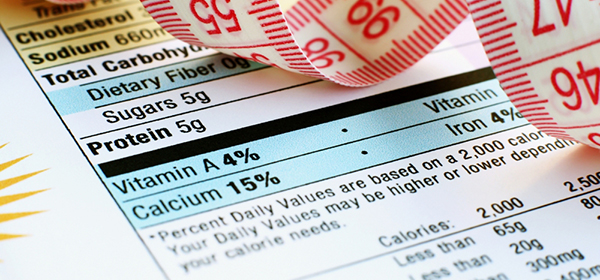Consumer group CHOICE has identified and called out several leading brands that have found creative ways to dramatically increase the health star rating of their products.
The prime example given by CHOICE is a tin of Milo that displays a 4.5 star rating, reflecting its nutritional value when consumed with a glass of skim milk, while the actual product by itself is only rated 1.5 stars. Several Kellogg’s cereals have also been singled out, with Fruit Loops and Crunchy Nut Cornflake Clusters displaying health star ratings higher than the products actually received.
Recent Federal Government-commissioned research shows that one in six shoppers have purchased a product that they normally wouldn’t buy, but did due to a higher star rating. The study also showed that sixty per cent of those surveyed would like to see health ratings on more products.
It’s not mandatory for companies to put a health-star rating on products.
Deakin University professor of public health Mark Lawrence believes the current ratings are “creating consumer confusion”. He believes that until the ratings are made mandatory and loopholes are closed, food companies will continue to use the ratings system as a marketing campaign instead of in the interest of public health – as it is intended.
Read more from www.choice.com.au
Read more from www.healthstarrating.gov.au
Read more from www.theage.com.au
Health ratings improve products
The Health Star Rating System was implemented by the Federal, State and Territory Governments, along with industry, public health and consumer groups in order to provide a standard way to compare similar packaged foods.
While the ratings system was intended to encourage shoppers to make healthier choices, it’s disappointing that numerous brands have decided to take advantage of the system, in order to boost scores by displaying health ratings that include the use of specific ingredients that are not included in the product.
Kellogg’s is one of the companies incorrectly using the current system. The company answered questions from the media and stated that they are already in the process of amending the cereal packaging which should be completed soon. A stark difference in comparison to the statement provided by Nestlé who, through a spokesperson, said it was appropriate to apply a health rating to Milo in accordance with how it was recommended to be consumed – with a glass of skim milk. I can’t wait for McDonalds to apply a rating to its Big Mac Meal which includes a Diet Coke!
The most interesting and positive news to come out of the implementation of these ratings is the fact that brands have taken the next step to improve their products in order to gain higher star ratings. Kellogg’s reformulated its Nutrigrain product from the ground up to increase the cereal’s health star rating from two to four stars. Kellogg’s said that since the change, they have seen an increase in sales which was a win for both the company and consumers as they are provided with a healthier product.
Do you find the Health Star Rating System helpful when making purchases? Does the system need a regulatory body to ensure the correct information is being provided to consumers? In order to close these loopholes, should it be made mandatory for all processed food products?

